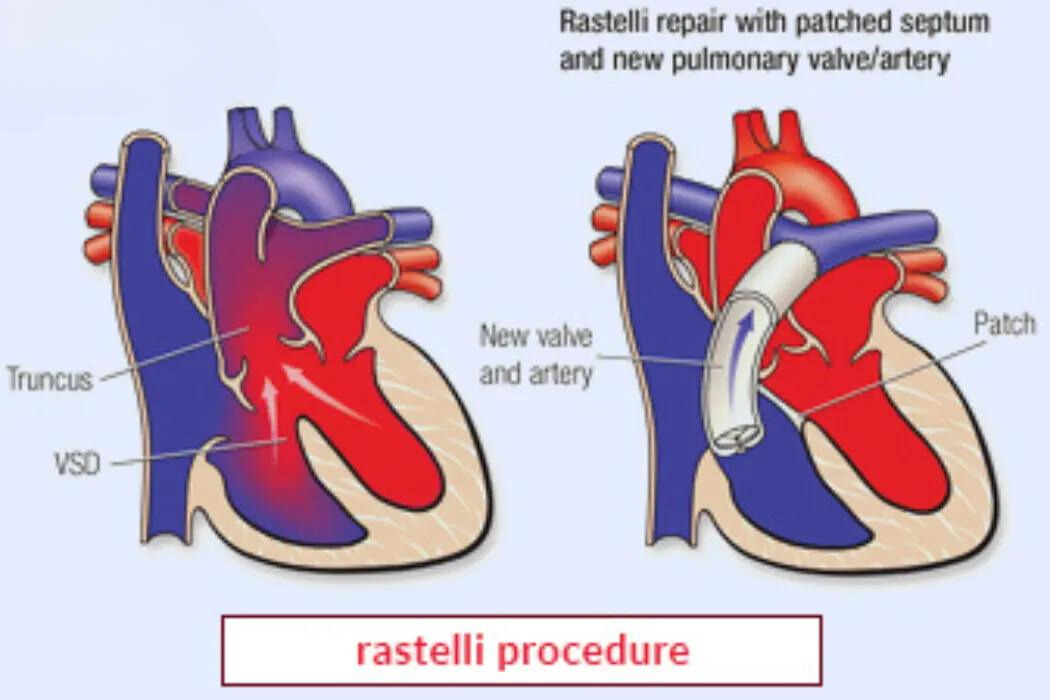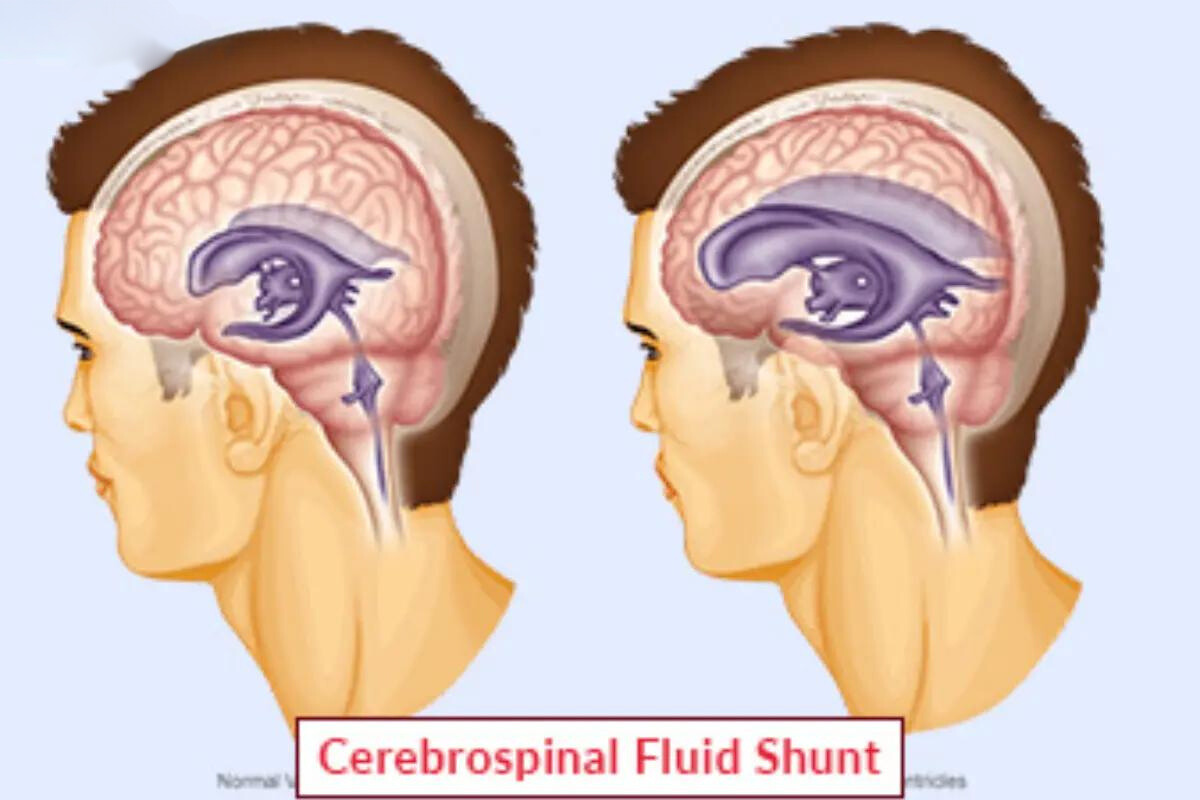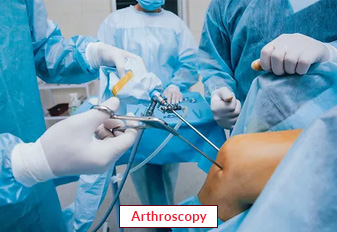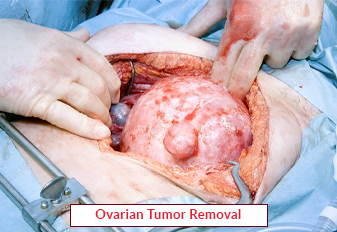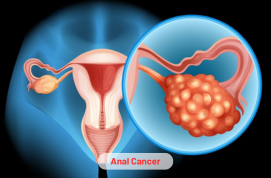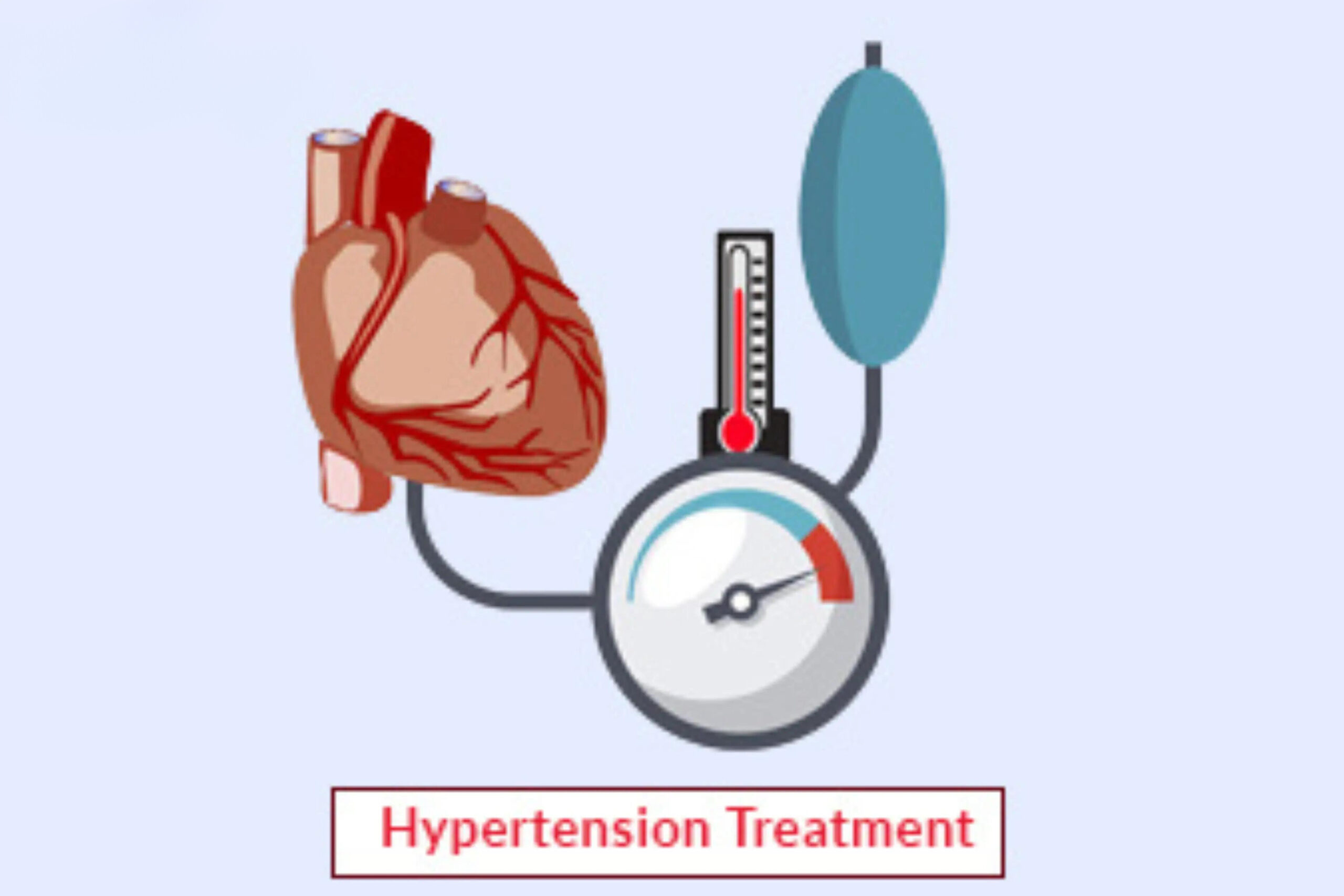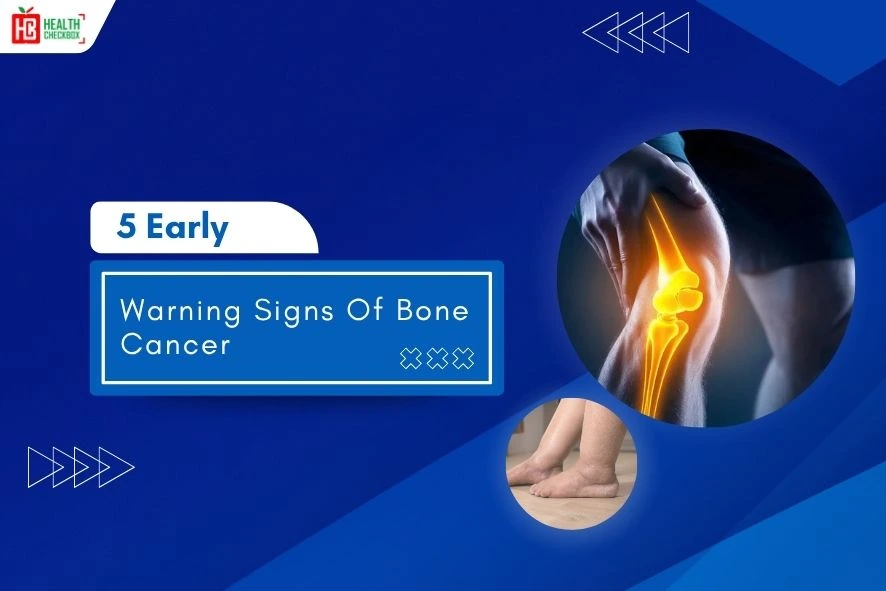Ventriculoperitoneal shunt (VP) is a medical procedure executed to reduce brain pressure which is caused by hydrocephalus or a fluid buildup. This fluid is usually circulated throughout the brain and spine. However on occasion it accumulates in the brain’s cavities or ventricles increasing intracranial pressure. Therefore, neuro surgeons need to perform Ventriculoperitoneal (VP) shunt surgery to treat the condition.
During VP shunt surgery a surgeon places a thin tube called a shunt beneath the skin. While the brain and the abdomen are connected by this tube. The inserted tube safely absorbs extra fluid and helps to remove it from the brain to the abdomen. This procedure protects the brain and helps manage hydrocephalus.
To make sure the shunt is operating as intended patients need follow-up exams after the general anesthesia procedure. If you too are suffering with the same problem you can take help from us. Our medical co-ordinator provides the best solutions to the medical tourists whether they are national or international.
Types of Ventriculoperitoneal Shunts
There are various types of VP shunts that are performed after examining the patient’s condition and specific medical needs. Controlling the CSF flow and the type of valve are the primary differences.
1. Fixed (Non-Programmable) Shunt
It is a kind of VP shunt that always drains fluid at the same rate because its valve has a fixed pressure level. The pressure setting is set by the doctor prior to surgery and cannot be altered without performing another procedure. Compared to adjustable ones this kind of shunt is less complicated, dependable and less costly. But the shunt might need to be changed if the fluid drains too much or too little. It is frequently applied when a patient’s condition is stable and unlikely to alter over time.
2. Programmable Shunt
An VP shunt with a unique valve that lets doctors adjust the amount of fluid it drains even after surgery is called a programmable shunt. Without doing anything else they change the settings using a magnetic device that is applied to the skin. This kind of shunt is beneficial in cases where the patient’s condition changes or when the initial drainage level is unclear. In contrast to a fixed shunt it offers greater control and flexibility. Nevertheless it is more costly and susceptible to strong magnets so caution is required when using magnetic devices.
3. Anti-Siphon Shunt
The purpose of an Anti-Siphon Shunt is to stop excessive fluid from dripping when a person stands up. Ordinarily standing can cause the brain’s excess fluid to be drawn out by gravity which can result in issues like headaches or cerebral ventricle collapse. Regardless of a person’s position the anti-siphon device regulates and maintains the flow. This lessens the chance of overdrainage and associated issues. Patients who experienced issues with an excessive amount of fluid being extracted by a standard shunt system are frequently treated with it.
4. Flow-Regulated Shunt
A Flow-Regulated Shunt is a kind of VP shunt procedure. Its prime function is to regulate how fast the fluid drains from the patient’s brain. This type of shunt is helpful for patients who need a steady and balanced flow of fluid, especially if their brain pressure changes frequently. It also aids in reducing the risk of complications like over-drainage and works well for people with complex or changing hydrocephalus conditions.
Causes Leading to VP Shunt Surgery
Although hydrocephalus itself can result from a number of underlying causes, VP shunt placement is usually recommended for this condition of the brain.
Congenital Hydrocephalus: Usually present from birth this condition is brought on by developmental abnormalities such as spina bifida or aqueductal stenosis.
Acquired Hydrocephalus: It develops as a result of infections later in life (e. g. g. . head trauma, meningitis brain hemorrhage or tumors. .
Normal Pressure Hydrocephalus (NPH): Memory loss, walking difficulties and urine incontinence are all signs of NPH in older adults. It often resembles dementia and can sometimes be reversed with shunting.
Post-Hemorrhagic Hydrocephalus: Following a brain hemorrhage it can occur in adults or premature infants when blood obstructs the absorption of CSF.
Treatment Process
There are various crucial phases in the VP shunt treatment process which are as follows:
- Diagnosis: Firstly, neuroimaging tests like MRI or CT scans are performed to confirm hydrocephalus and assess the ventricular size and CSF accumulation. Lumbar puncture or CSF tap tests may also be recommended to the patients.
- Pre-Surgical Preparation: Patients need to undergo routine pre-op assessments for further checkups and consent is obtained from the individual after discussing risks and benefits of the procedure.
- Surgical Procedure:
- The surgery is performed under general anesthesia and made a small incision in the scalp and abdomen to insert a catheter into a brain ventricle.
- The CSF is then released into the peritoneal cavity by a second catheter after tubing passes beneath the skin to the abdomen.
- Usually behind the ear the valve system is positioned along the tubing route.
- Post-Operative Care: Once the procedure is done the patient is monitored to observe the signs of infection and shunt malfunction in the body. Hospital staff also do some follow-up and imaging tests just to ensure proper shunt functioning and CSF drainage.
- Long-Term Management: Regular monitoring is an essential part of the process specially in children cases. Furthermore, adjustments or revisions may also be required as children grow.
Risks Associated with VP Shunt Surgery
Although it is safe procedure but sometimes it carries certain types of risks which include:
- Infection: The chances of occurring infection is about 5 to 15% in rare cases. Shunt infections signs are fever, vomiting, neck stiffness, and altered mental status.
- Shunt Malfunction: Mechanical failure of shunt is possible due to blockage or disconnection, this may lead to recurring symptoms of hydrocephalus. Therefore, it may require revision surgery.
- Over-Drainage or Under-Drainage: Improper regulation of CSF flow can result in complications and risks like subdural hematomas, slit ventricle syndrome, or persistent symptoms.
- Abdominal Complications: Rarely, the peritoneal end of the catheter can cause pseudocysts, bowel perforation, or infection in the abdominal cavity which may lead to further complications.
- Seizures: Some patients may experience seizures after surgery, possibly related to the surgical procedure or underlying brain condition.
Benefits of VP Shunt Surgery
Apart from risks, VP shunt surgery can offer significant life-changing benefits to the patients, which are as follows:
- Symptom Relief: VP shunt surgery minimises intracranial pressure which led to decline in various symptoms like headaches, nausea, balance problems and cognitive decline.
- Improved Quality of Life: After having this procedure patients may experience a significant improvement in their mobility and independence.
- Neurodevelopmental Support in Children: Infants and young children with hydrocephalus also benefit from shunting because it preserves their cognitive and motor development by reducing brain pressure.
- Life-Saving Intervention: In situations of acutely elevated intracranial pressure a VP shunt may be the difference between life and death.
Cost of VP Shunt Surgery
The cost of VP shunt surgery may vary depending on geographical location of the hospital type and surgeon’s expertise.
- The general Cost of VP shunt ranges around 20,000 to 50,000$ in the United States.
- In India it costs approximately ₹1,00,000 to ₹2,50,000 (~$1,200 to $3,000) per surgery.
- UK (NHS): Private costs can range from £10000 to £20000 covered for qualified patients.
- Other Countries: Variable, often significantly lower in public or government hospitals.
Factors Influencing Cost
Other following factors may also influence the overall cost of the this surgical procedure:
- Type of shunt (programmable valves cost more)
- Hospital stay duration
- Post-op care and imaging
- Revisions or additional surgeries
Our Other Services
Latest Health Tips
Can Immunotherapy Cure Stage 4 Lung Cancer?
Early Signs of Cervical Cancer
Foods that Kill Cancer: Leafy Vegetables, Grains, & More
What Stage of Cancer is Immunotherapy Used For?
Which is Worse for Cancer, Sugar or Alcohol?
Vaccines That Prevent Cancer
What Kills Cancer Cells in the Body Naturally?
Early Warning Signs of Bone Cancer
Submit Your Enquiry
Testimonials









